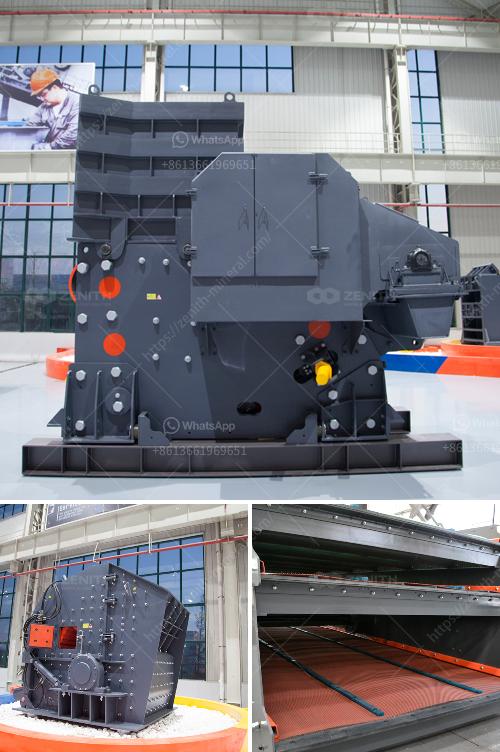Iron ore mining is a complex and multi-step process that involves several stages, each requiring specialized techniques and equipment. Here is a detailed overview of how iron ore is mined:
The first step in the mining process is exploration and prospecting. Geologists use various methods to locate iron ore deposits. These methods include:
Once a potential ore deposit is identified, drilling is conducted to obtain samples from below the surface. This helps in determining the size, shape, and quality of the ore body. Core samples are extracted and analyzed in laboratories to assess the ore's composition and grade.
Before mining can begin, a series of feasibility studies are conducted to evaluate the economic viability of the project. These studies include:
If the feasibility studies are positive, detailed mine planning and design are undertaken. This involves:
Once the mine design is finalized, construction begins. This includes building infrastructure such as roads, processing plants, and waste disposal facilities. For open-pit mines, this also involves removing overburden (the soil and rock covering the ore body) to expose the ore.
The actual extraction of iron ore involves several steps:
At the processing plant, the ore undergoes several stages of treatment to extract the iron:
The processed iron ore is transported to steel mills or export terminals. This can be done by rail, ship, or truck, depending on the location of the mine and the destination.
Once the ore body is depleted, the mine is closed, and reclamation efforts begin. This involves:
Throughout the mining process, strict environmental and safety regulations must be followed to minimize the impact on the environment and ensure the safety of workers. This includes managing waste materials, controlling dust and emissions, and ensuring safe working conditions.
In summary, iron ore mining is a highly technical and regulated process that involves multiple stages, from exploration and feasibility studies to extraction, processing, and reclamation. Each stage requires careful planning and execution to ensure the efficient and sustainable production of iron ore.
